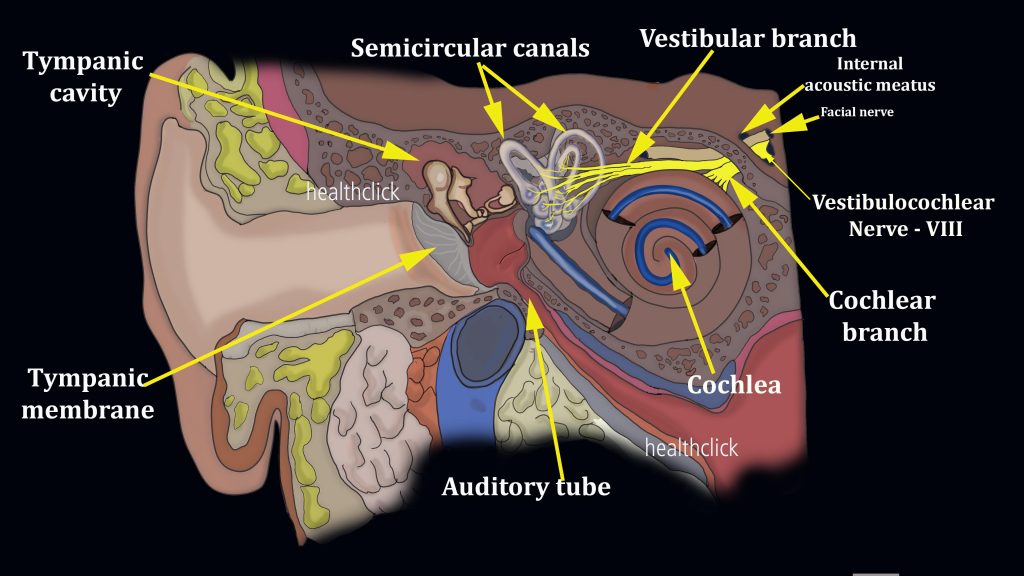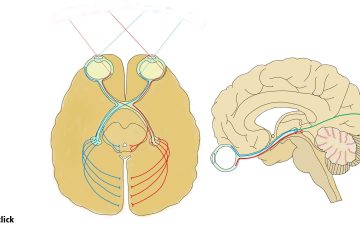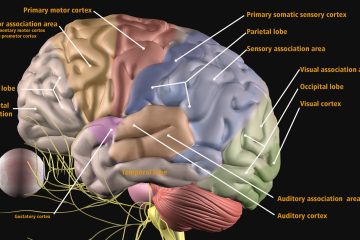Gentamicin can cause permanent vestibular toxicity, and lead to bilateral vestibular loss. This video, featuring Dr. Hain, is part of the vestibular rehab therapy course, Restoring Synergy for physical and occupational therapists. Restoring Synergy online course, presented by Laura Morris, PT, NCS, contains a complete case study of a patient with bilateral vestibular loss due to Gentamicin toxicity. The case study within the vestibular rehabilitation continuing education course showcases the patient’s perspective, in addition to practical assessment and treatment techniques that enhanced functional outcomes.
Bilateral vestibular loss is an uncommon condition in which both ears are damaged simultaneously. This is linked most frequently to a toxic drug such as Gentamicin. The side effect of this drug is the most common cause of bilateral loss. In order to understand the symptoms of this condition, we have to think again about how the inner ear is linked to the brain.
Here, I have my model that shows one ear, but there’s another ear too. Of course, normally, we have one on each side. So to demonstrate, I will use my two fists to represent the two ears. Whenever you turn your head one ear is stimulated, and the other one is inhibited. One goes up, one goes down. Then the brain looks at the difference between the two and figures out how fast you’re turning. The brain then uses this information to drive the eyes equal and opposite.
Normally when you turn your head, if you turn your head to the right, the right ear is stimulated and the left ear is inhibited. The difference then is computed in the brain and it drives the eyes opposite and equal to the head. So when I turn my head I can still read because every time I turn my head to the right my eyes move to the left. My eyes remain fixed in space and I can see.

In bilateral vestibular loss, that normal function is gone. When you turn your head nothing goes up or down. It just stays zero. When you turn your head your eyes move with your head and it’s just as if your eyes are painted on your head, like a doll’s eyes, for example. Maybe like the older dolls, that is, not the newer ones. With bilateral vestibular loss then, when patients move their head, their eyes move with them. And that means whenever their head is in motion they can’t see, so everything is blurred each time they turn their head.
Systemic gentamicin can cause acute bilateral, simultaneous, symmetrical loss of vestibular function manifested by symptoms and signs of chronic vestibular insufficiency (ataxia and oscillopsia).
https://pubmed.ncbi.nlm.nih.gov/9726669/
These patients have even more trouble when they’re just walking down the street because when they do so their heads are moving up and down, and though their eyes should be moving as well, they aren’t. And this leads to them not being able to recognize others on the street. Instead, they’d have to stop and hold their head still and figure out who the person was. These patients may also have trouble driving because if they drive over a bumpy surface the car is going up and down and their eyes are going up and down with the car, so everything is blurry. Clearly, there are driving issues with this condition.
In summary, bilateral vestibular loss has two cardinal symptoms. One is what I have been talking about, which is called Oscillopsia, which means the world moves when you move your head. The other symptom is an imbalance, and this is because when they tilt forward or backward they don’t know that they’re tilting forward or backward because they are receiving no input from their ears.

Learn more about our Vestibular Therapy Course in our Subscription
This vestibular rehab therapy course is complemented with courses on this similar topic within the all-access annual renewal subscription
Sports Concussion-an Evidence-Based Course
Progressive Vestibular Treatments for the Over 60 Population
Evidence-Based Outcome Tools for Treating Balance Dysfunction
References
Black, F. Owen; Pesznecker, Susan; Stallings, Valerie Permanent Gentamicin Vestibulotoxicity, Otology & Neurotology: July 2004 – Volume 25 – Issue 4 – p 559-569
Minor LB. Gentamicin-Induced Bilateral Vestibular Hypofunction. JAMA. 1998;279(7):541–544. doi:10.1001/jama.279.7.541
Ferreira-Cendon, S.; Martinez-Carranza, R.; Fernandez-Nava, M.J.; Villaoslada-Fuente, R.; Sanchez-Gomez, H.; Santa Cruz-Ruiz, S.; Sanchez-Ledesma, M.; Batuecas-Caletrio, A. Prevention of Severe Vestibular Hypofunction after Systemic Gentamicin. J. Clin. Med. 2022, 11, 586. https://doi.org/10.3390/jcm11030586


